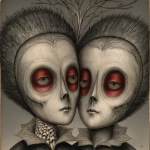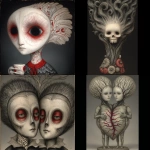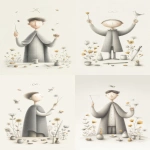Explore the Best AI Image Gallery

The Future of Design: Embracing AI-Generated Images
Artificial Intelligence (AI) is profoundly changing various sectors, and one area experiencing a significant transformation is design. As AI-generated images become increasingly sophisticated, designers are exploring new avenues for creativity and efficiency. This blog post will delve into the impact of AI on the creative industry, potential applications, ethical considerations, and predictions for future trends.
The Impact on the Creative Industry
The arrival of AI-generated images marks a new chapter in the creative industry, allowing designers to push boundaries and explore unforeseen possibilities. These advanced algorithms can generate artwork that mimics human creativity, giving designers a powerful tool to enhance their work.
For instance, AI can assist in generating design elements rapidly, enabling designers to focus on the broader picture and conceptual aspects rather than spending hours creating individual components. This automation frees up time and resources, allowing for innovative methods of collaboration.
Moreover, AI-generated images can lead to more personalized experiences in design. With data-driven insights, AI can create designs that resonate with specific target audiences, thus enhancing user engagement and satisfaction.
Potential Uses in Design
AI-generated images are finding applications across various sectors of design. Here are some notable uses:
- Graphic Design: AI tools can generate logos, marketing materials, and social media graphics tailored to brand identities.
- Fashion Design: Algorithms can predict trends and generate unique clothing patterns or styles, aiding designers in building collections.
- Interior Design: AI can visualize spaces, recommending color schemes or layouts based on user preferences.
- Web Design: Websites can be generated with dynamic, personalized content to enhance user experience.
These applications not only streamline workflows but also inspire designers to think beyond conventional limitations.
Ethical Considerations
Despite the remarkable benefits of AI-generated images, ethical concerns abound. The potential for misuse, such as generating misleading deepfake images or infringing on copyright, poses significant risks. The lack of transparency in AI algorithms raises questions about authenticity and ownership of creative works.
Furthermore, there is apprehension about job displacement in the creative field. As AI tools become more advanced, some fear that the unique human touch that defines much of design could be overshadowed. However, many experts suggest that rather than replacing designers, AI can serve as an invaluable companion, augmenting human creativity with its analytical capabilities.
Future Trends
As AI continues to evolve, we can anticipate various trends emerging within the realm of design:
- Integrative Design Approaches: We will likely see more collaboration between AI and designers, resulting in hybrid creations that marry human intuition with machine efficiency.
- Real-time Adaptation: Future design platforms may incorporate AI that adapts content dynamically in response to user interactions.
- Augmented Reality (AR): The integration of AI-generated designs into AR experiences could boost engagement across various industries.
- Personalization at Scale: AI has the potential to create an unprecedented level of personalization across multiple platforms.
As the design industry embraces AI, the possibilities are becoming limitless. The future holds promising potential where AI does not replace creativity but enhances it, leading to a symbiotic relationship between human designers and machine learning.
Conclusion
In conclusion, AI-generated images are fundamentally reshaping the design landscape, providing new opportunities for creativity and efficiency. While it is crucial to navigate the ethical implications and potential challenges, the collaborative future of AI and design presents an exciting pathway forward. Designers who embrace these advancements will undoubtedly find themselves at the helm of a transforming industry, poised to explore the infinite possibilities that lie ahead.

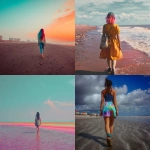

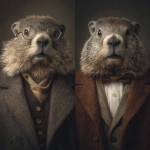
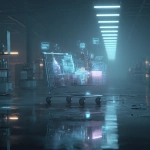
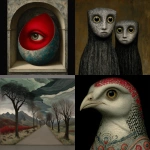

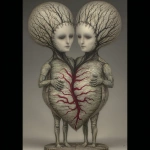
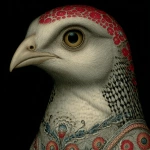
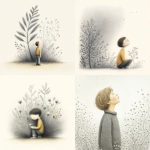


](https://images.ai-img.art/thumbnails/150/6a577517a359cd2bc6212d6b0f12c7cab660841317023550a76c84f409c7f2d0.webp)
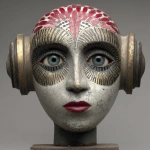


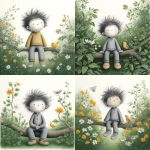
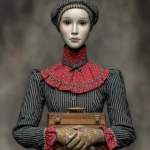

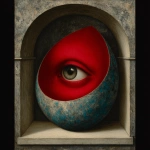
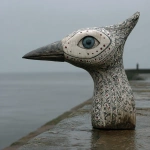



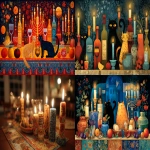

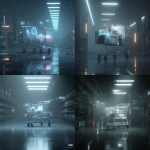
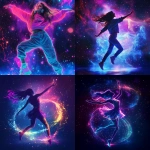
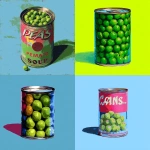
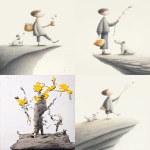
](https://images.ai-img.art/thumbnails/150/6a9bb97a3f1c45ab616724cc54bca010cbcc2d658a9c0e4581aa181c88046444.webp)

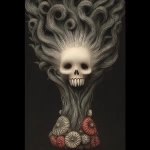

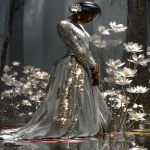
](https://images.ai-img.art/thumbnails/150/1b14bd827b740aca3b0d8efa7ed6865e28c7c8382172f3f565c96b6c5f64ca78.webp)
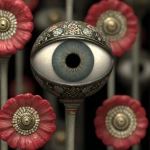


](https://images.ai-img.art/thumbnails/150/45237dfa7845159b860f9e234c48c4418e8efcb52b4d15da4493f46e6a99f337.webp)

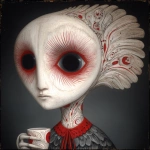

](https://images.ai-img.art/thumbnails/150/065f0b2e150f4cc43a9da80d822e8a385e9e50f2f6ff2cc3be7639cfd74952da.webp)
